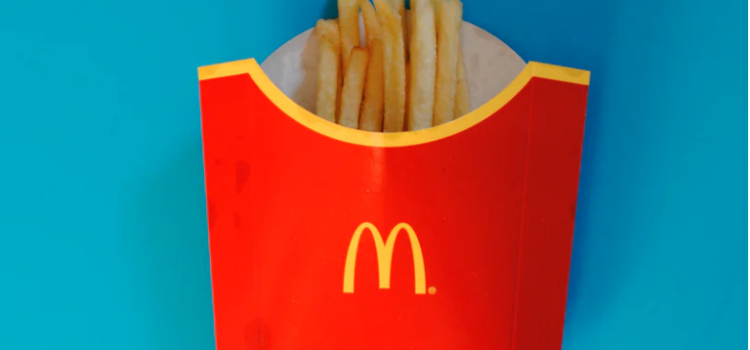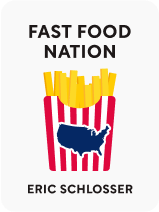

This article is an excerpt from the Shortform book guide to "Fast Food Nation" by Eric Schlosser. Shortform has the world's best summaries and analyses of books you should be reading.
Like this article? Sign up for a free trial here .
How are fast food companies marketing to school children? What strategies do fast food companies use to get more consumers?
There are many strategies for fast food marketing. One of these proven strategies is to put ads and products in schools to create loyal customers.
Read more about fast food marketing in schools.
Fast Food Marketing in Schools
Fast food chains aggressively market to kids across multiple platforms, as frequently as they can. But for a long time, there was one place they couldn’t reach this target audience, where kids were segregated for 6-8 hours every weekday in a setting free of advertising—schools. Naturally, fast food companies and advertising agencies weren’t content with this state of affairs. They were losing prime hours of potential marketing to their most valuable and loyal customers. This is where the idea for fast food marketing in schools came in.
In the 1990s, that all started to change. In 1993, a school district in Colorado Springs, saddled by budget cuts and the anti-tax politics of its voters, decided to turn to an outside source for funds: Burger King. The fast food giant agreed to pay the district $37,500 per year (in practice, barely more than $1 per student) in exchange for the rights to place its ads in the hallways of the schools and on the sides of buses.
Schools began hiring marketing and negotiating consultants to help them get the best possible deal from companies all-too-eager to break into this formerly ad-free bastion of American life. In 1997, that same district in Colorado Springs secured a ten-year agreement with Coca-Cola to make the soft drink giant its exclusive beverage provider—bringing the schools $11 million in badly needed revenue and yielding Coca-Cola an unprecedented marketing opportunity in one of America’s fastest-growing cities.
For advertisers, getting into the schools is a no-brainer: it’s an opportunity to bombard their most valuable, loyal, and defenseless customers with ads in a setting where they’re legally required to be. These marketers also claim to be doing noble, civic-minded work—after all, they’re providing public schools with a much-needed infusion of cash.
Colorado Springs’ idea to work hand-in-hand with fast food set a trend for the future. By the 2000s, fast food chains like Taco Bell, Pizza Hut, Subway, and Dominos were directly selling their products in thousands of school districts across the country, with 30 percent of public high schools selling branded fast food.

———End of Preview———
Like what you just read? Read the rest of the world's best book summary and analysis of Eric Schlosser's "Fast Food Nation" at Shortform .
Here's what you'll find in our full Fast Food Nation summary :
- How the fast food industry reshaped the American economy
- How fast food marketing is manipulating you
- Why the rise of fast food has destroyed family farms across America






